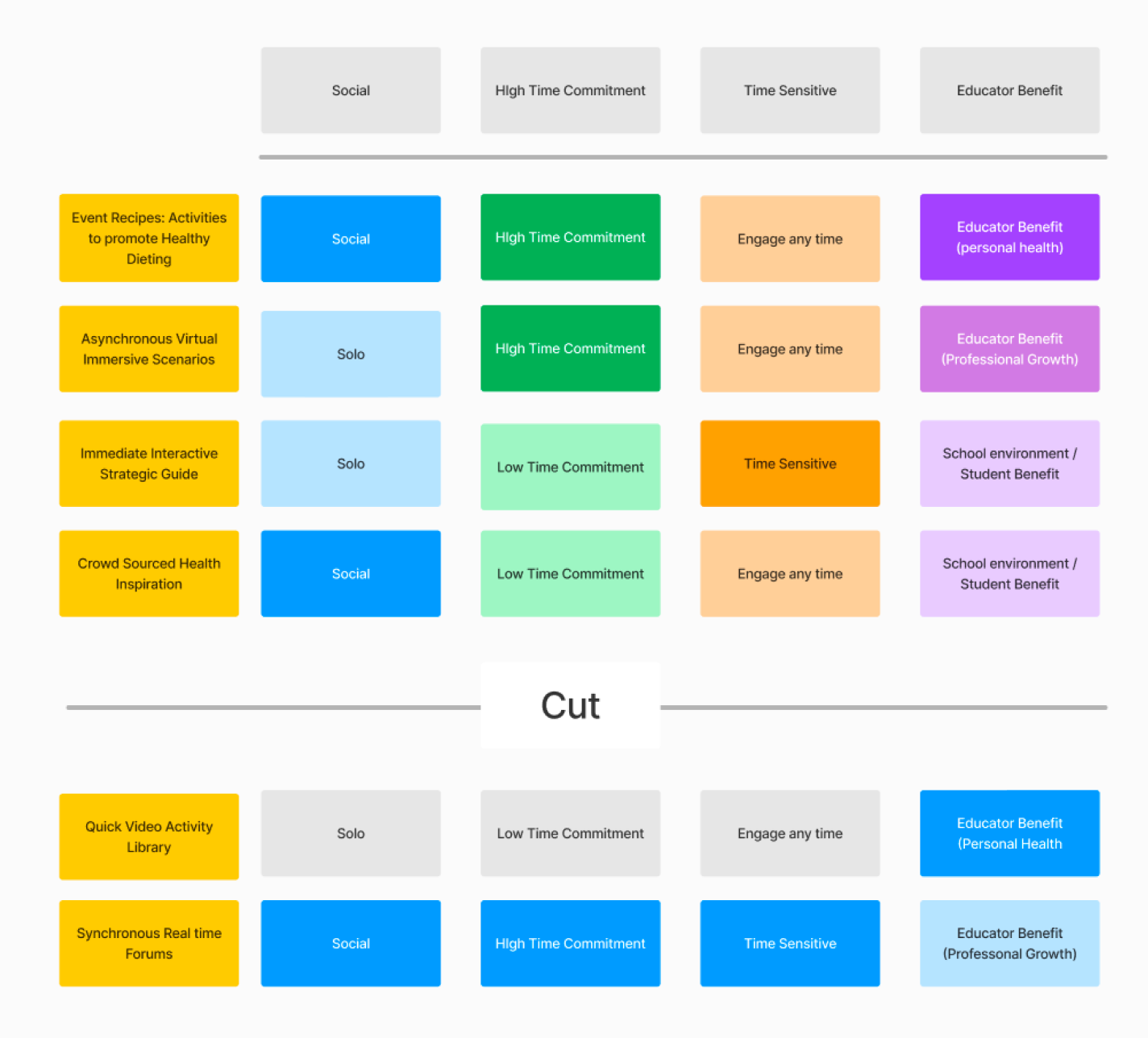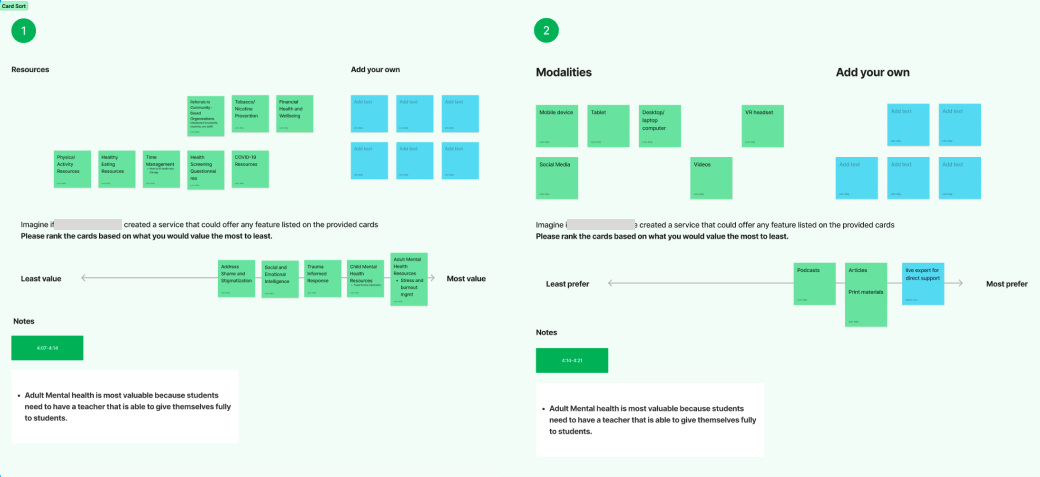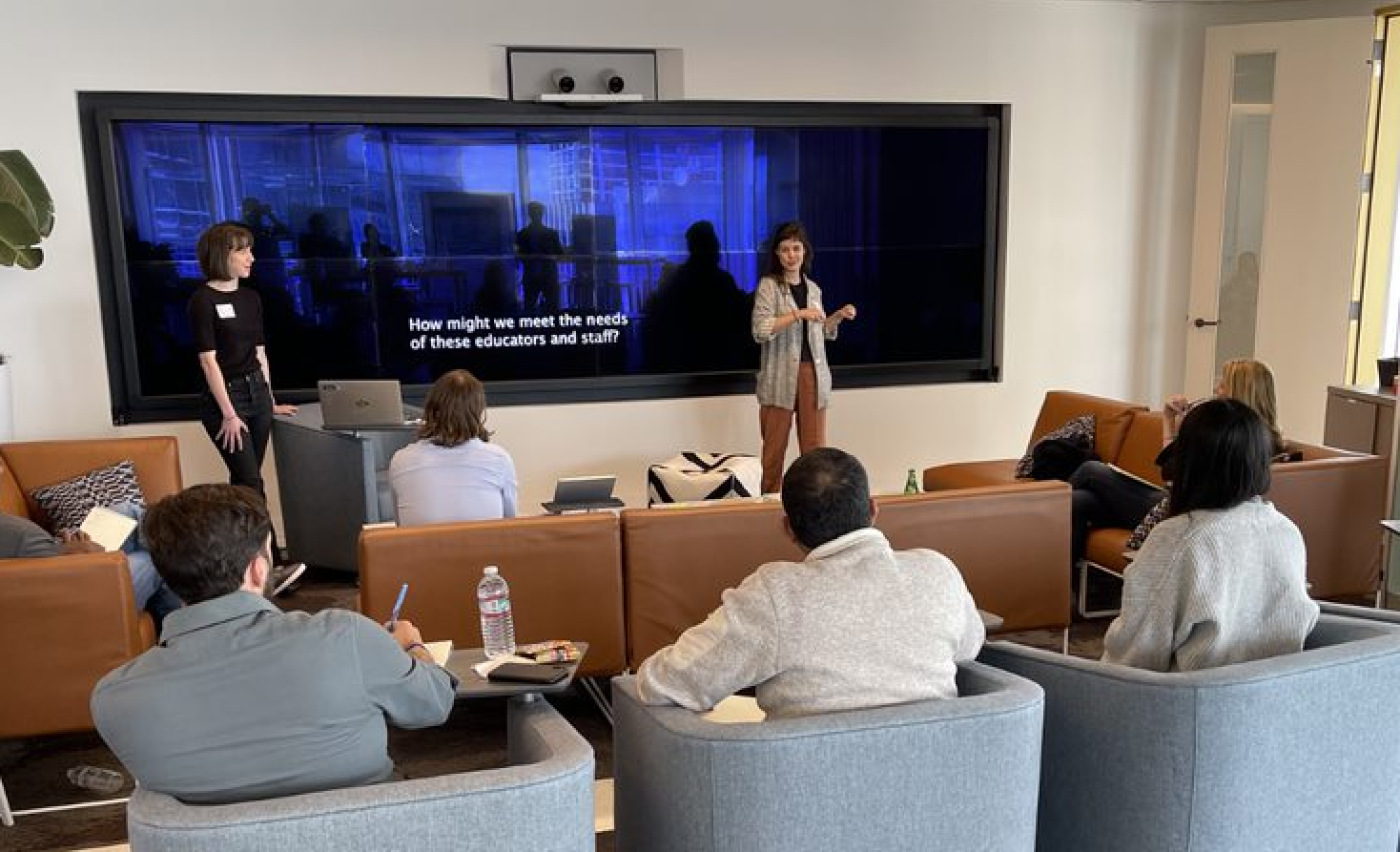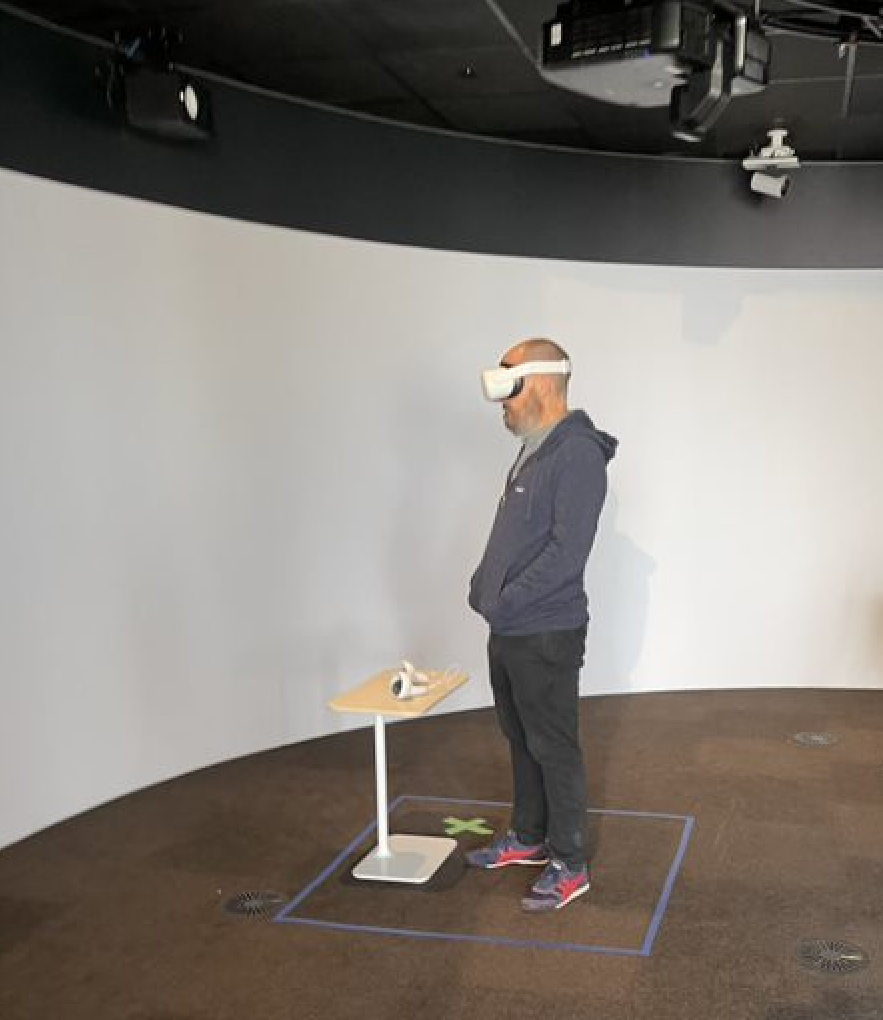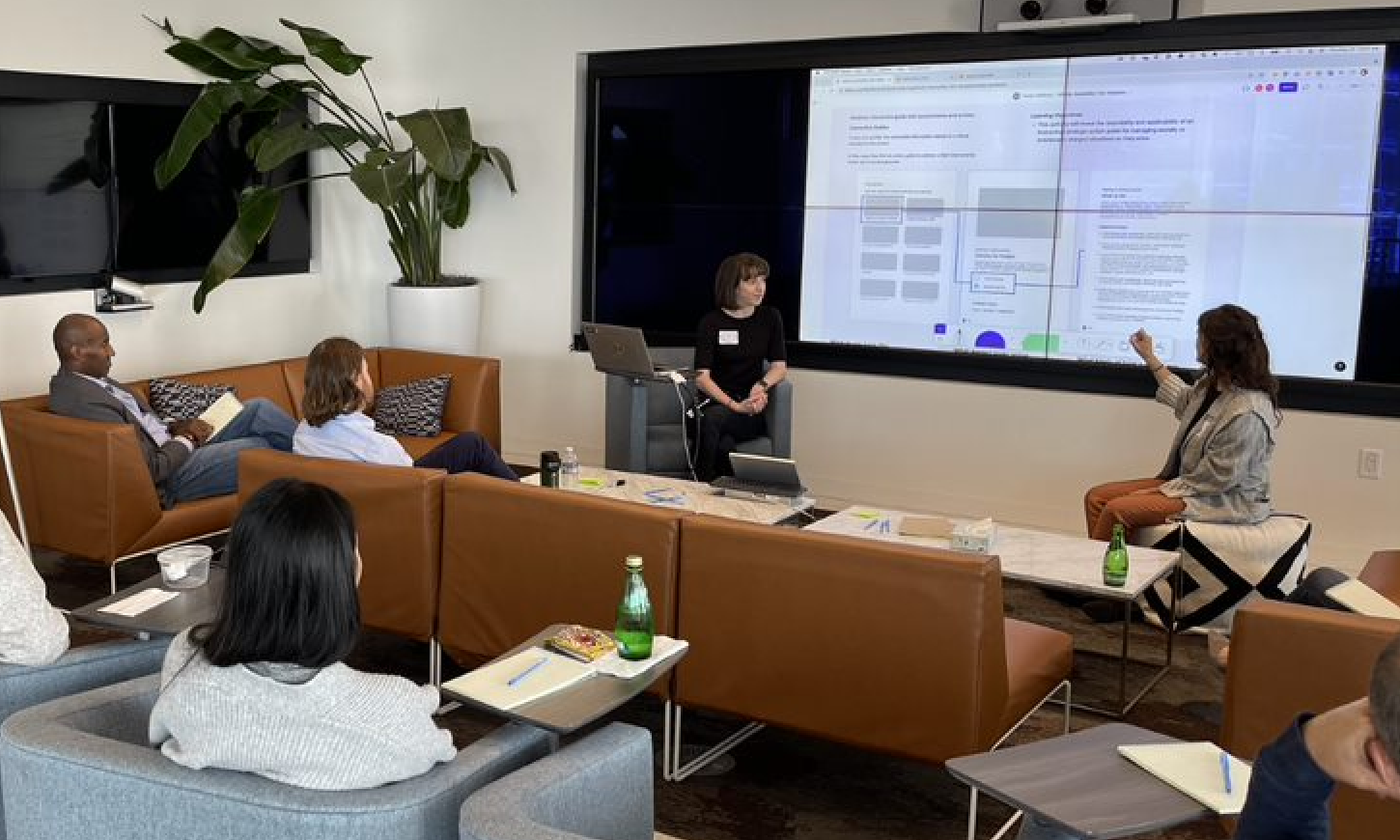Project Scope
Our healthcare management client was seeking ways to engage non-member populations, speicifcally educators, to drive growth. Over the course of an eight week sprint, we worked with out client, bringing expertise across the enterprise together to identify priorities, needs and risks associated with the innovation project while testing desirability and viability of a new health platform. Key outcomes for the engagement were:
Development of one (1) low fidelity experience prototype to simulate the solution
Testing of one (1) to two (2) different components (i.e., features or use cases) of our POC with potential platform audiences recruited and provided by the client (e.g., both the provider-facing and patient-facing).
Generation of insights into whether the solution is worth pursuing by demonstrating business value and consumer demand for selected use case.
